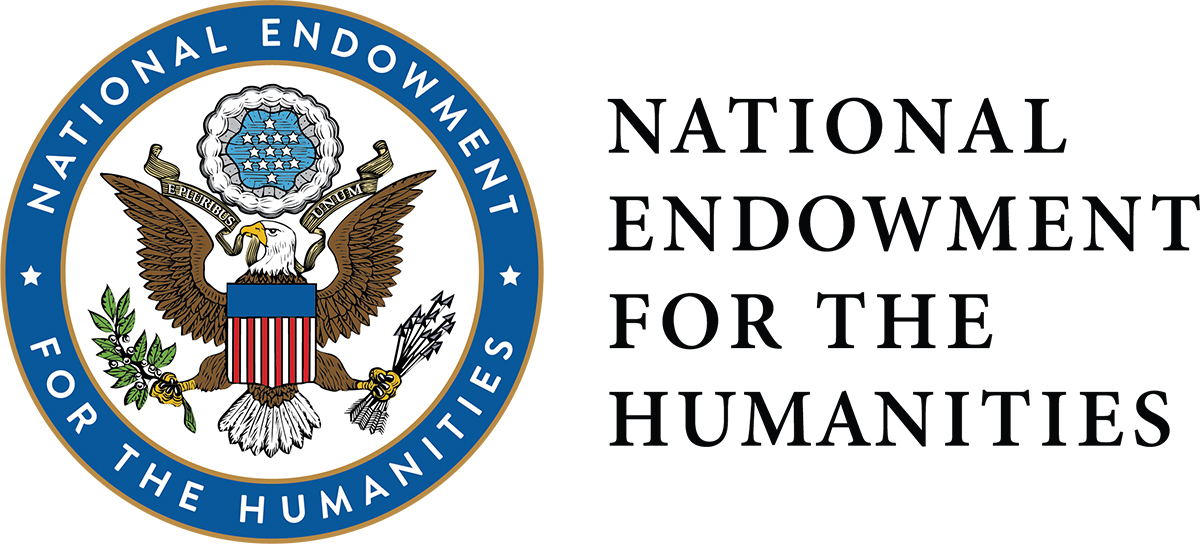FUNDING CUTS IMPACT CT HUMANITIES: Help CT Humanities navigate recent funding cuts and continue our vital work across Connecticut. All donations made to CTH will be matched dollar-for-dollar up to $50,000. Donate today!
Now Viewing:
Revolutionary War
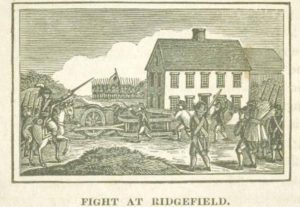
The Battle of Ridgefield, 1777
Taking place in April 1777, the Battle of Ridgefield was part of a larger British expedition to destroy Continental supplies in Danbury.
Read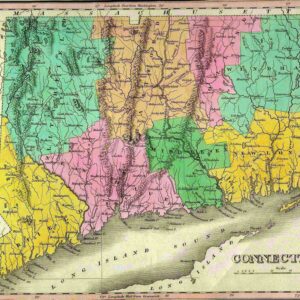
Marquis de Lafayette’s 1824 Tour of Connecticut
Almost five decades after the United States declared independence, Congress extended an official invitation to Marquis de Lafayette to tour the country as “The Nation’s Guest.”
Read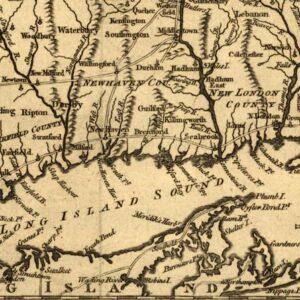
“Legalized Piracy”: Connecticut’s Revolutionary War Privateers
American colonists employed privateers as part of the military effort against the British during the American Revolution.
Read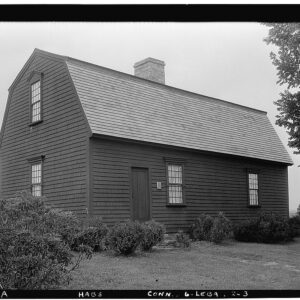
Jonathan Trumbull’s Lebanon War Office: The “Pentagon of the Revolution”
Jonathan Trumbull’s War Office in Lebanon functioned as headquarters for Connecticut’s Council of Safety from 1775 to 1783.
Read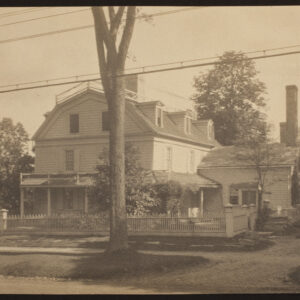
Ridgefield’s Keeler Tavern
Keeler’s tavern had only served travelers and locals before Ridgefield played host to the only inland battle fought in Connecticut during the Revolutionary War.
Read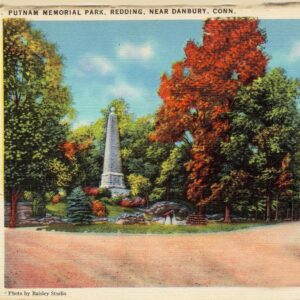
Connecticut’s Valley Forge: The Redding Encampment and Putnam Memorial State Park
As the 1778-79 winter quarters for a division of the Continental army, Putnam Memorial State Park is sometimes referred to as “Connecticut’s Valley Forge.”
Read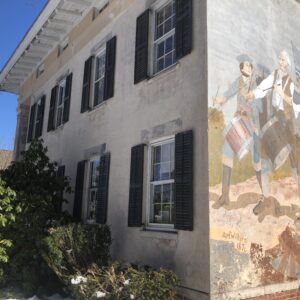
The Orrin Freeman House and the Spirit of ‘76
How did Higganum’s Orrin Freeman House end up with a large American Revolution-themed mural, the Spirit of ’76, on its side?
Read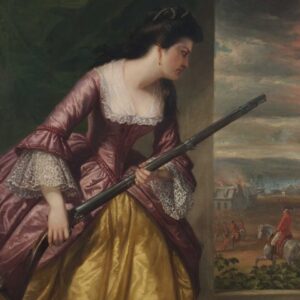
Abigail Hinman: Heroine of the American Revolution or Legend?
Allegedly defending her house during the American Revolution in 1781, New London resident Abigail Hinman made a name for herself as a patriot legend.
Read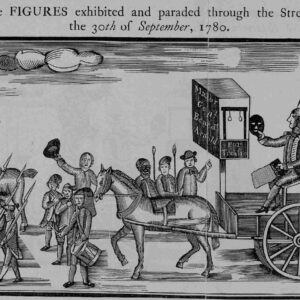
New London’s Tradition of Burning Benedict Arnold…in Effigy – Who Knew?
New London has a yearly tradition of burning an effigy of Benedict Arnold, the infamous Revolutionary War general turned traitor.
Read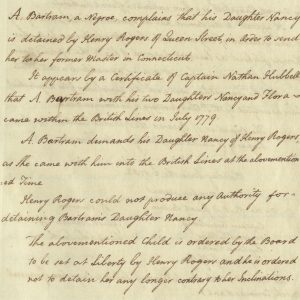
Black Loyalist Refugees: Toney Escapes During the Burning of Fairfield
The British burning of Fairfield during the Revolutionary War provided an opportunity for enslaved people to escape, including a man named Toney.
Read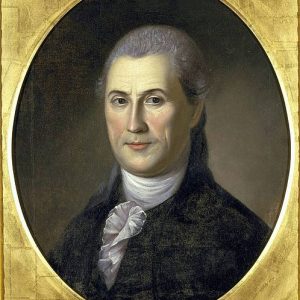
Samuel Huntington, the first President of the United States, dies – Today in History: January 5
Samuel Huntington not only served as Connecticut’s governor and a member of the Continental Congress, but, some would argue, the first President of the United States.
Read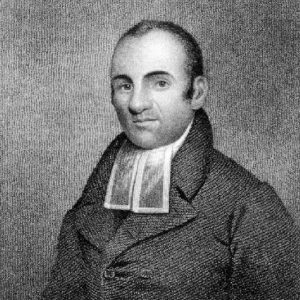
Lemuel Haynes: America’s First Black Ordained Minister
Lemuel Haynes was a father, husband, pastor, and patriot—he is widely considered to be the first Black man in America to be ordained by a Protestant church.
Read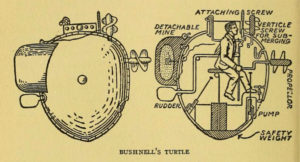
David Bushnell and his Revolutionary Submarine
How a farmer’s son became the Father of Submarine Warfare during the American Revolution.
Read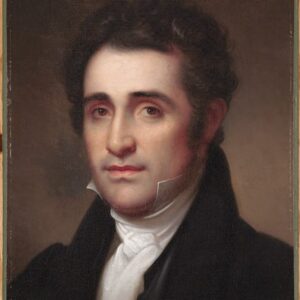
A Willington Visionary Preserves the Nation’s Colonial Past
Jared Sparks was a Unitarian minister, editor, and historian who went on to serve as President of Harvard University in the middle of the 19th century.
Read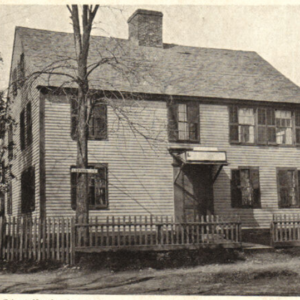
The Ebenezer Avery House – Who Knew?
The Ebenezer Avery House in Groton once served as a hospital for the wounded after the Revolutionary War’s Battle of Groton Heights on September 6, 1781.
Read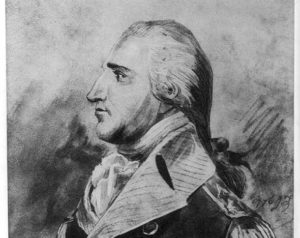
Benedict Arnold Turns and Burns New London
September 6, 1781 was a brutal and terrifying day for Connecticut citizens living on both sides of New London harbor, along the Thames River.
Read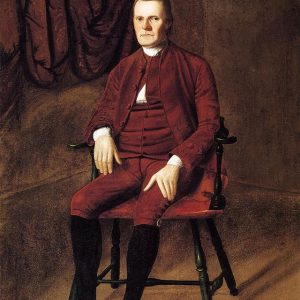
Roger Sherman Dies – Today in History: July 23
On July 23, 1793, Roger Sherman—a Connecticut merchant, lawyer, and statesman—died in New Haven.
Read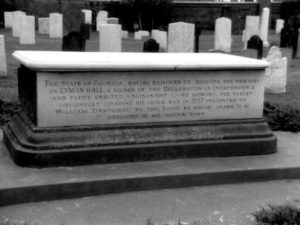
Wallingford Native Son Signed the Declaration of Independence
Lyman Hall served in the Second Continental Congress and signed the Declaration of Independence.
Read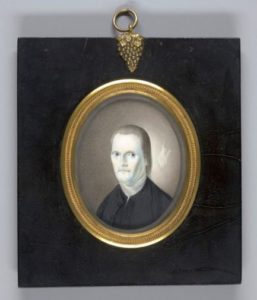
A Remarkable Signature – Who Knew?
Roger Sherman, Connecticut merchant, lawyer, and statesman, was the only person to sign all four documents of the American Revolution.
Read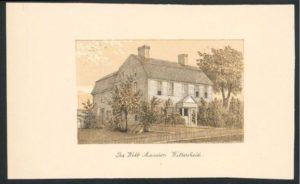
Washington Didn’t Only Sleep Here: George Washington at Wethersfield’s Webb House
The first time George Washington traveled through Connecticut, he was an ambitious Virginia colonel hoping to advance his career in the British military.
Read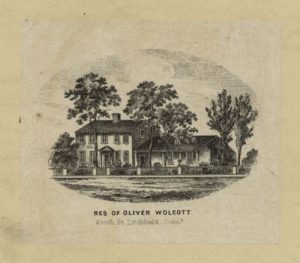
Soldier, Patriot, and Politician: The Life of Oliver Wolcott
Oliver Wolcott served in military in the Seven Years’ War and the American Revolution, but was also a popular member of the Continental Congress and governor of Connecticut.
Read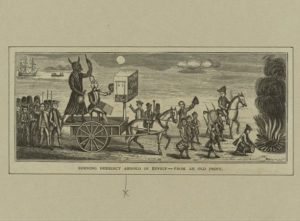
Benedict Arnold: America’s Most Famous Traitor
Benedict Arnold of Norwich was one of the great Continental army heroes of the American Revolution before committing treason and joining the British army.
Read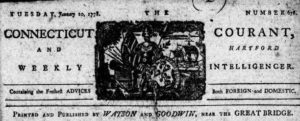
Hannah Bunce Watson: One of America’s First Female Publishers
Hannah Bunce Watson was one of the first female publishers in America and helped the Hartford Courant survive one of the most challenging times in its history.
Read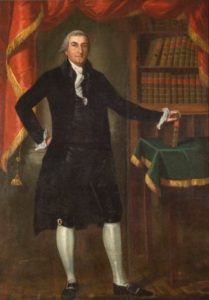
Uriah Tracy Authors the Rules for Impeachment
Uriah Tracy was an attorney and politician who took up arms against the British after the Battles of Lexington and Concord.
Read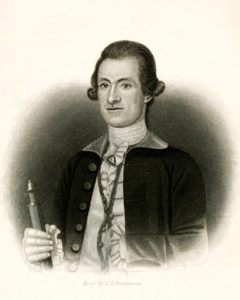
William Douglas: A Colonial Hero’s Sacrifice
William Douglas was a successful merchant and military leader who settled in North Branford just prior to the Revolutionary War.
Read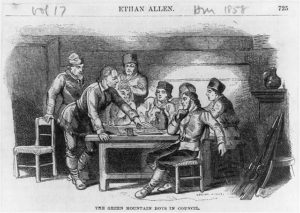
Ethan Allen Born – Today in History: January 10
On January 10, 1738, future hero of the Revolutionary War Ethan Allen was believed to have been born in the frontier village of Litchfield, Connecticut.
Read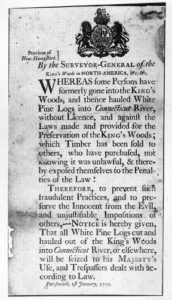
The White Pine Acts – Who Knew?
The British government made it illegal for colonials to cut down white pine trees over 24 inches in diameter—preserving the trees for use as masts on British naval ships.
Read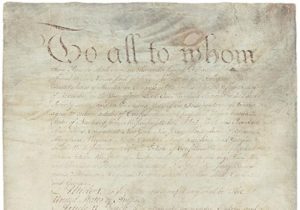
The Articles of Confederation: America’s First Constitution
The Articles of Confederation loosely served as the nation’s first formal governing document, until ultimately being replaced by the US Constitution.
Read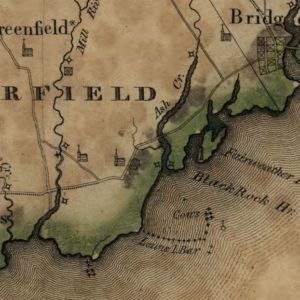
Caleb Brewster: A Patriot Against Freedom
Caleb Brewster—Fairfield, Connecticut’s resident member of the Culper Spy Ring during the Revolutionary War—was also an active participant in the African Slave Trade.
Read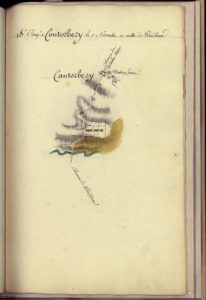
Map – Rochambeau’s Camp at Canterbury
This map, “Camp à Contorbery, le 7 Novembre, 10 milles de Windham,” is a page from the manuscript atlas Amérique Campagne 1782.
Read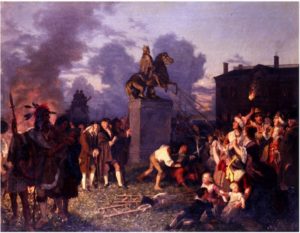
Mariann Wolcott and Ralph Earl – Opposites Come Together and Make History
The story of Mariann Wolcott and Ralph Earl captures much of the complexity the Revolutionary War brought to the lives and interactions of ordinary citizens.
Read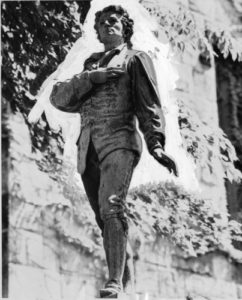
Nathan Hale Hanged in New York – Today in History: September 22
On September 22, 1776, the British hanged Revolutionary War soldier Nathan Hale, a school teacher from Coventry, Connecticut, for spying.
Read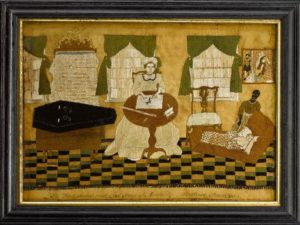
Prudence Punderson, Ordinary Woman, Extraordinary Artist: Needlework in Connecticut
Completed in the 1700s, “The First, Second and Last Scene of Mortality” is considered to be one of the most spectacular pieces of needlework in US history.
Read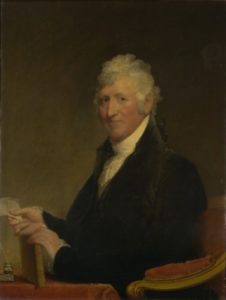
David Humphreys, Soldier, Statesman, and Agricultural Innovator
Despite an accomplished political career, this Derby-born gentleman of means is best remembered for introducing Merino sheep to North America.
Read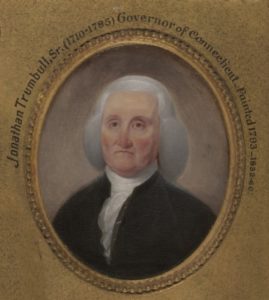
Governor Jonathan Trumbull Dies – Today in History: August 17
On August 17, 1785, Connecticut’s first governor, Jonathan Trumbull, died.
Read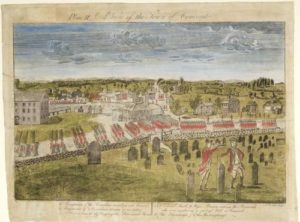
Ralph Earl: Portrait of an Early American Artist
In addition to some of the earliest Revolutionary War battle scenes, Ralph Earl painted prominent figures of the colonial period.
Read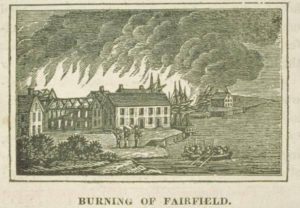
British Burn Fairfield – Today in History: July 7
On July 7, 1779, during the Revolutionary War, the British anchored a fleet of warships off the coast of Fairfield, Connecticut.
Read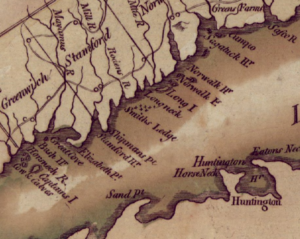
Stamford’s Three-Gun Armada
During the Revolutionary War, American privateers utilized armed whaling boats to keep the British from the colonies’ shores and prevent illicit trade in British goods.
Read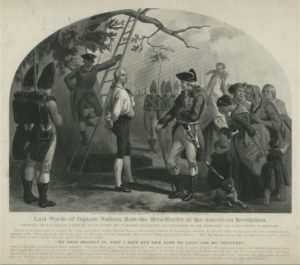
Nathan Hale: The Man and the Legend
A school teacher hanged as a spy during the American Revolution, Nathan Hale became Connecticut’s official state hero in 1985.
Read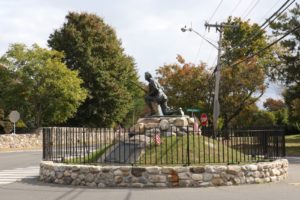
The Minute Man, Westport CT
On the morning of June 17, 1910, over a thousand Connecticut residents descended upon Westport for a patriotic, event-filled unveiling of The Minute Man monument.
Read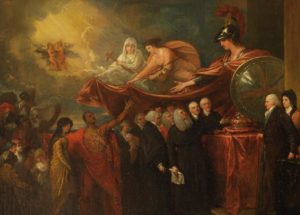
Connecticut’s Loyal Subjects: Toryism and the American Revolution
Loyalists in Connecticut, often acting on beliefs tied to relegion, proved particularly prominent in Fairfield County. Many of them fled to Canada rather than face imprisonment at New-Gate.
Read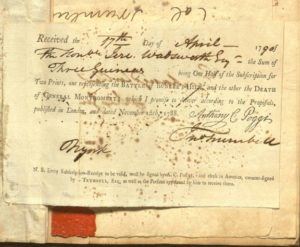
Jeremiah Wadsworth, “foremost in every enterprise”
Jeremiah Wadsworth was a sea-going merchant, commissary general to the Continental army, and founder of the nation’s first banks.
Read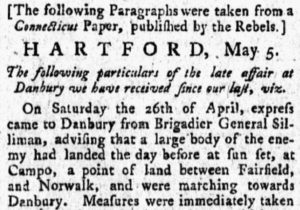
The Burning of Danbury
In April of 1777, British forces under Major General William Tryon led a raid on patriot supplies stored in Danbury, Connecticut.
Read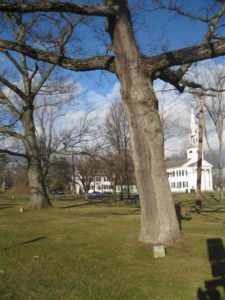
Litchfield’s Revolutionary War Soldiers’ Tree
In 1902, the Daughters of the American Revolution celebrated Arbor Day by planting a tree on the Litchfield Green to commemorate the town’s Revolutionary War soldiers.
Read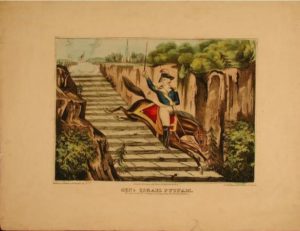
Israel Putnam: A Youthful Trailblazer Turned Colonial Militiaman
Israel Putnam served with distinction in the Seven Years’ War and in the Revolutionary War, particularly at the Battle of Bunker Hill.
Read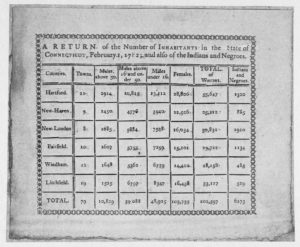
Connecticut’s Black Governors
For approximately one hundred years, Connecticut’s “Black Governors” were used by white authorities to help maintain order among the black population.
Read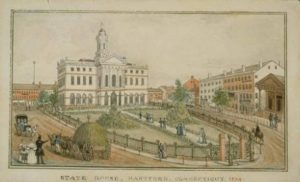
Jackson v. Bulloch and the End of Slavery in Connecticut
Nancy Jackson sued for her freedom in 1837. Her victory helped further the abolitionist cause in a state slowly moving toward outlawing slavery.
Read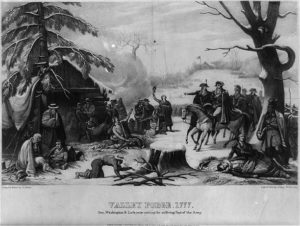
A Connecticut Slave in George Washington’s Army
Nero Hawley, born into slavery in Connecticut in the 18th century, fought in the Revolutionary War.
Read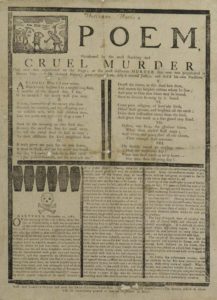
The Beadle Family Murders – Today in History: December 11
Following his drop in status as one of the town’s wealthiest men, William Beadle murdered his entire family.
Read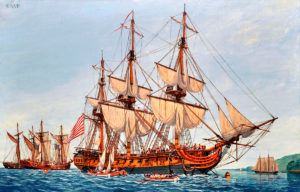
USS Confederacy: The Life and Service of Connecticut’s Continental Frigate
Nearly 20 years before the launching of the USS Constitution, a modest shipyard in Norwich, CT launched the Confederacy.
Read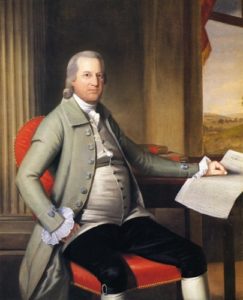
Oliver Wolcott Dies – Today in History: December 1
On December 1, 1797, signer of the Declaration of Independence Oliver Wolcott died while serving his term as Connecticut’s governor.
Read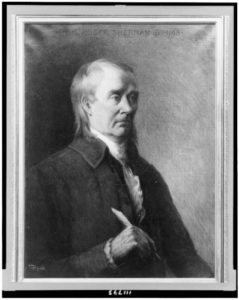
Roger Sherman, Revolutionary and Dedicated Public Servant
Roger Sherman is also the only person to have signed all four of the most significant documents in our nation’s early history.
Read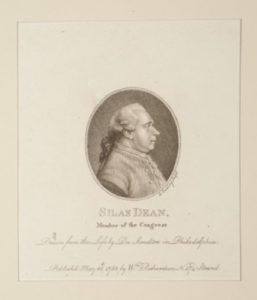
The Rise and Fall of Silas Deane, American Patriot
Esteemed by his fellow patriots as a savvy diplomat who helped cement a strategic alliance with France during the American Revolution, Deane spent his final years under a cloud of suspicion.
Read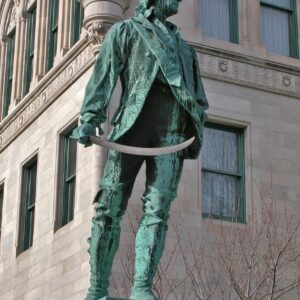
Thomas Knowlton: A Small Town’s National Hero
Thomas Knowlton is arguably Ashford’s most widely recognized war hero.
Read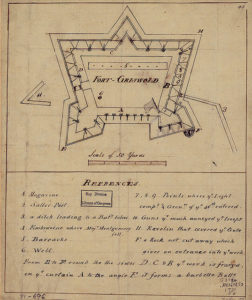
Fort Griswold Attacked – Today in History: September 6
On September 6, 1781, British forces overtook Fort Griswold and killed many of the Patriots who had surrendered.
Read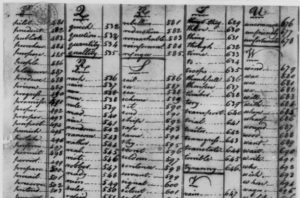
Caleb Brewster and the Culper Spy Ring
Caleb Brewster used his knowledge of Long Island Sound to serve as a member of the Culper Spy Ring during the Revolutionary War.
Read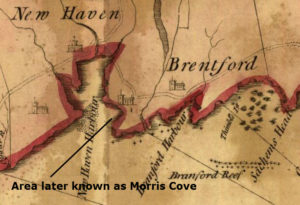
East Haven’s Revolutionary Salt Works
East Haven’s Amos Morris helped supply Americans with salt (essential for preserving food) during critical shortages brought on by the American Revolution.
Read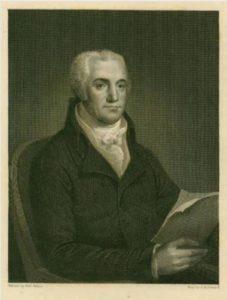
The Hartford Wits
Eventually taking the name the “Hartford Wits,” influential figures of the 18th century got together to write poetry that documented the state of the times.
Read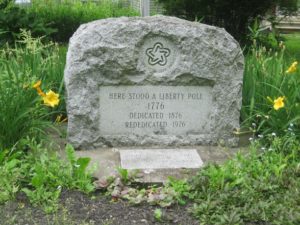
Hidden Nearby: Goshen’s Liberty Pole
A marker on East Street North in nearby Goshen, Connecticut, allows us a window on to past celebrations of American freedoms and liberties.
Read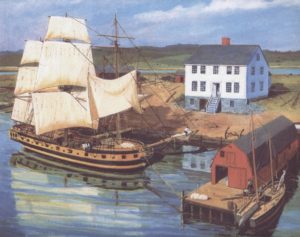
Oliver Cromwell Launched – Today in History: June 13
On June 13, 1776, the ship Oliver Cromwell was launched in Essex, one of the largest full-rigged ships built after the establishment of Connecticut’s navy.
Read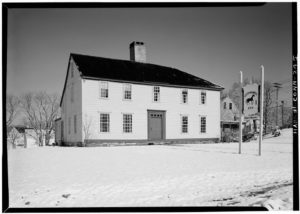
Christopher Leffingwell Born – Today in History: June 11
On June 11, 1734, businessman and civic leader Christopher Leffingwell was born in Norwich.
Read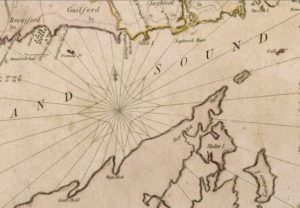
Stealth Attack from Guilford Launched – Today in History: May 23
On May 23, 1777, Colonel Return Jonathan Meigs launched a lightning raid from Sachem Head in Guilford on Sag Harbor.
Read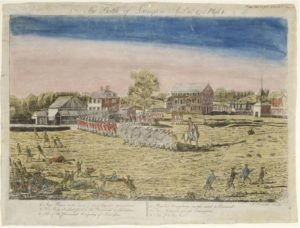
News From Lexington: Contemporary Views of the Opening Battles of the American Revolution
A rare set of prints by New Haven printer Amos Doolittle depicts the momentous events of April 19, 1775.
Read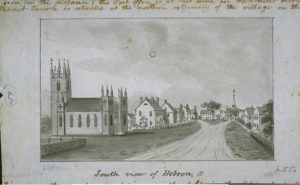
Changing Sentiments on Slavery in Colonial Hebron
Residents of Hebron rescued local enslaved people Lowis and Cesar Peters, and their children, from South Carolina slave traders.
Read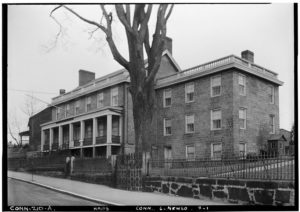
New London’s Sound Defense
The use of privateers to supplement naval forces and wage war on an enemy was established European practice—and one the rebellious North American colonies readily adopted as they faced Britain, one of great military powers at sea, during the Revolutionary War.
Read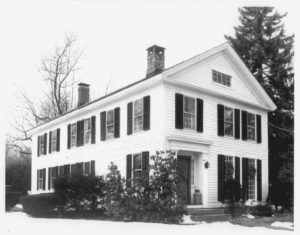
The Frost House Once Offered Travelers a Warm Welcome
The Levi B. Frost House (or the Asa Barnes Tavern) represents over two centuries of Southington history.
Read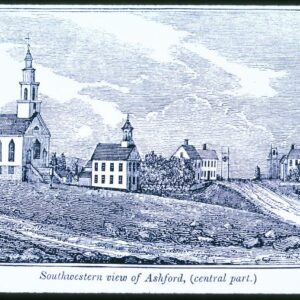
George Washington Slept Here (Just Perhaps Not Well)
After his stay at the Perkins Tavern in Ashford, George Washington commented in his personal journal on the accommodations.
Read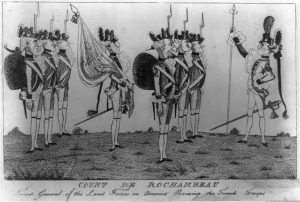
Rochambeau Returns Over and Over to Andover
Jean-Baptiste-Donatien de Vimeur, comte de Rochambeau, was a French nobleman and army general who contributed significantly to the Colonial army’s victory in the war for American independence.
Read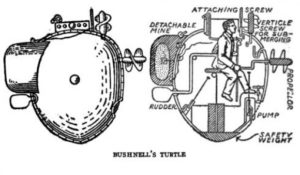
The Turtle Submarine – Today in History: September 6
On September 6, 1776, the first functioning submarine, called the Turtle, attacked the HMS Eagle anchored in New York Harbor.
Read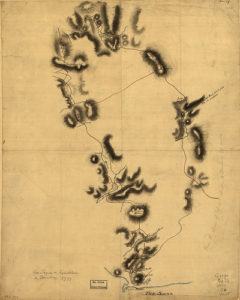
The British Attack Danbury – Today in History: April 25
On April 25, 1777, British forces land at the mouth of the Saugatuck River with plans to attack Danbury.
Read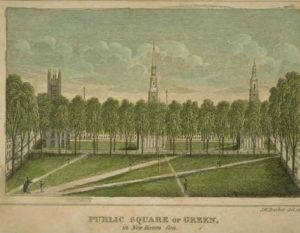
Benedict Arnold Demands the Key – Today in History: April 22
On April 22, 1775, Benedict Arnold demanded the key to New Haven’s powder house.
Read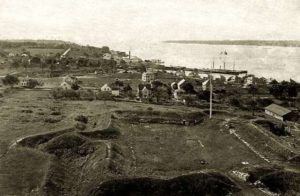
The Battle of Groton Heights at Fort Griswold
East of the Thames River, on Groton Heights, Fort Griswold stands commanding the New London Harbor and the surrounding countryside.
Read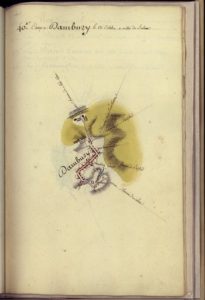
Map – Rochambeau’s Camp at Danbury
This map, “Camp a Danbury le 23 Octobre 11 milles de Salem,” is a page from the manuscript atlas Amérique Campagne 1782.
Read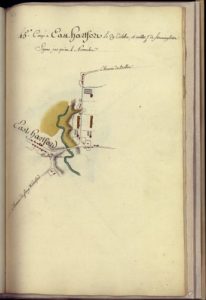
Map – Rochambeau’s Camp at East Hartford
This map, “Camp à East Hartford, le 29 Octobre, 12 milles 1/2 de Farmingtown,” is a page from the manuscript atlas Amérique Campagne 1782.
Read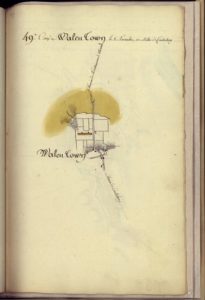
Map – Rochambeau’s Camp at Voluntown
This map, “Camp à Walen-Town, le 8 Novembre, 10 milles de Contorbery,” is a page from the manuscript atlas Amérique Campagne 1782.
Read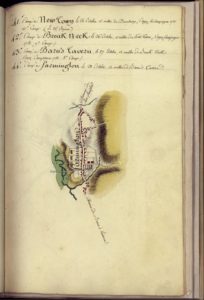
Map – Rochambeau’s Camp at Farmington
This map, “Camp à Farmington le 28 Octobre, 13 milles de Barn’s Tavern,” is a page from the manuscript atlas Amérique Campagne 1782.
Read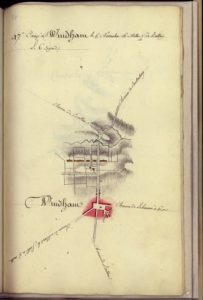
Map – Rochambeau’s Camp at Windham
The manuscript outlines the plans of the camps for Comte de Rochambeau’s army during their return march north from Williamsburg, Virginia, to Boston.
Read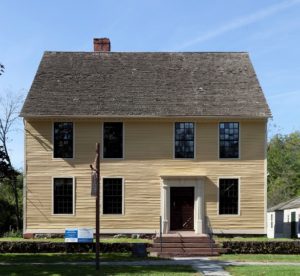
Site Lines: Silas Deane
Despite Deane’s role in securing French supplies and support for the American Revolution, his accomplishments have long been obscured by whispers of treason, a spy’s double-dealing, and his own sudden death.
ReadMore Articles


